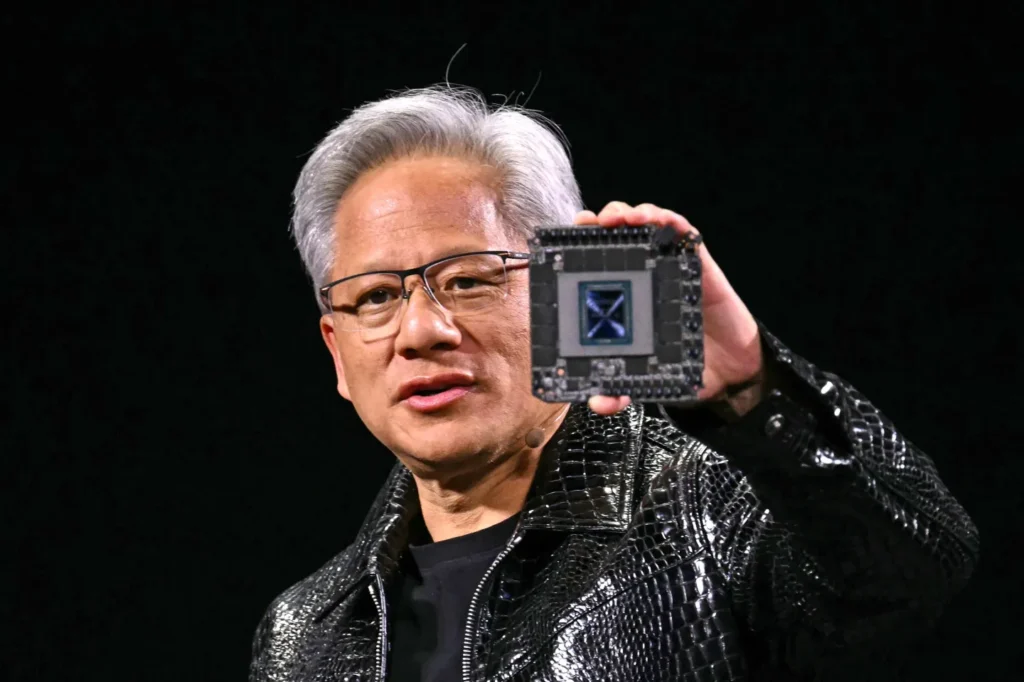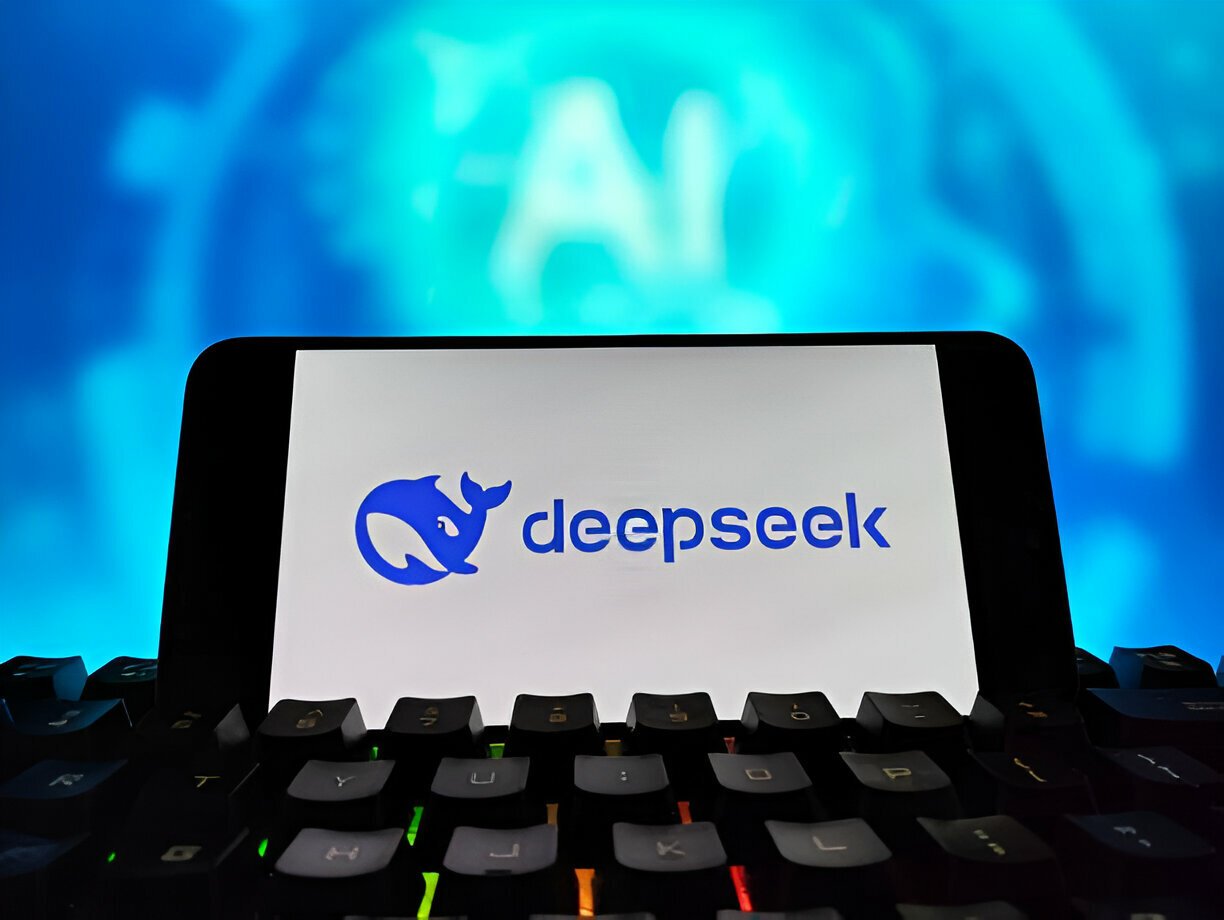How DeepSeek Became A Market Leader In Record Time
DeepSeek‘s uniqueness lies in its commitment to developing open-source large language models (LLMs) that rival, and in some aspects surpass, those of industry leaders. The company’s flagship model, DeepSeek-R1, delivers DeepSeek performance comparable to OpenAI’s GPT-4, yet it was developed at a fraction of the cost—approximately DeepSeek Cost of $6 million compared to GPT-4’s $100 million. This efficiency is achieved through innovative technical approaches and the use of less powerful GPUs, proving that advanced AI models can be trained more affordably.
Understanding DeepSeek: What Makes It Unique?
DeepSeek is not just the same AI tool, rather it is a paradigm-shifter. It has been meticulously designed with virtually the utmost performance metrics in terms of throughput, scalability, and efficiency, providing choice standouts for all businesses. But what makes DeepSeek what it truly is?
- DeepSeek vs ChatGPT: While ChatGPT is busy ruling the roost in the conversational AI space, DeepSeek has made a name by concentrating on specialized use cases. The strength of DeepSeek is revealed in its customization and finesse that is required for running tasks like advanced data analysis, industry-specific use cases, inter-bidding through existing systems, and more, where generic AI models would often fail.
- DeepSeek Performance: If one of your interests is artificial intelligence (AI) or computer science, then you may have already encountered DeepSeek, which was founded by a competent team so that information seekers from across the globe could outsource their data-sensing needs.
- DeepSeek Cost: The appeal of AI in some sense partly rests on the broad vendor landscape, one of the reasons behind the commoditization of these products. In effect, AI might now take anyone into its vast technological space with reasonable ease, possibly through the incorporation of user-friendly interfaces.
The Growth Strategy: How DeepSeek Captured the Market Quickly
DeepSeek’s rapid ascent is attributed to its strategic focus on efficiency and accessibility. By leveraging open-source technology and optimizing resource utilization, the company developed advanced AI models without extensive financial and computational resources. This approach significantly reduced development costs while accelerating the deployment of their models, allowing DeepSeek to quickly establish a foothold in the competitive AI market.
Marketing Tactics: The Role of Smart Branding and Hype
A crucial element in DeepSeek‘s success was its marketing strategy. By openly sharing details about its R1 model and emphasizing DeepSeek Cost efficiency, the company generated significant buzz in the tech community. Transparency, coupled with open-source accessibility, fostered community engagement and positioned DeepSeek as a cost-effective alternative in the AI market.
Real-World Impact: Companies That Switched to DeepSeek
The impact of DeepSeek performance has been felt across the AI industry. In a direct DeepSeek vs ChatGPT comparison, DeepSeek’s AI models have proven to be a competitive alternative, forcing major players like OpenAI, Google, and Microsoft to take notice. Within weeks of its launch, DeepSeek’s innovations led to significant market cap losses for Nvidia, Tesla, Amazon, and Microsoft, demonstrating its disruptive potential.

Challenges And The Road Ahead
Despite its rapid rise, DeepSeek faces challenges, particularly regarding scalability and regulatory compliance. The company’s reliance on less powerful GPUs, while cost-effective, may limit the future expansion of its models. Additionally, operating within China’s regulatory framework necessitates stringent content moderation, which could impact its global reach. However, with continuous innovation and strategic expansion, DeepSeek aims to maintain its market leadership while refining DeepSeek performance for broader applications.
Final Words
The introduction of DeepSeek into AI foretells what time to market may mean for a company in the future alongside matters associated with the radical disruptor of an industry: speed, the spread of open source, and cost. As the DeepSeek vs ChatGPT competitions smoke up, the future of AI might rest upon making innovative considerations in working with budget means and the prevailing standards.







